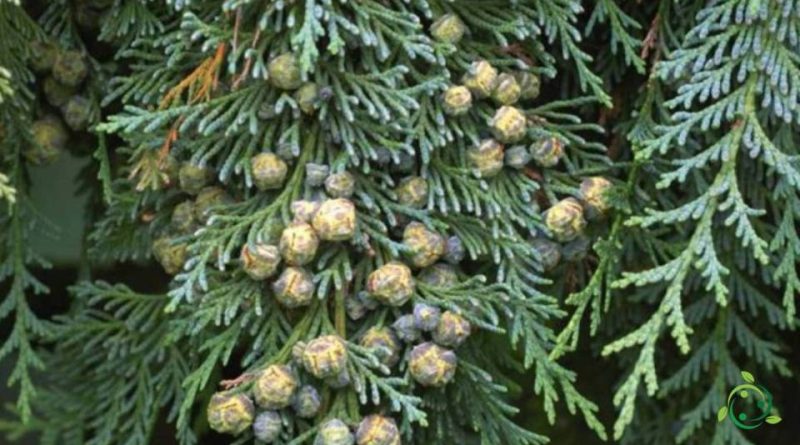Reproduction of Lawson Cypress
Reproduction of Lawson Cypress
Lawson cypress (Chamaecyparis lawsoniana (Murray) Parl.) Is an evergreen plant of the Cupressaceae family, native to the western coasts of the United States, with a distribution range from California to Oregon.
This plant was introduced in Europe in the mid-nineteenth century and is a widely used ornamental essence, from which numerous cultivars have been obtained.
In Italy it is widespread as an ornamental plant and has been used in the South to carry out reforestation.
Suitable breeding habitat –
The Chamaecyparis lawsoniana is a species native to the western coasts of the United States with a habitat typical of the oceanic climate and present in small woods on humid slopes and canyons, often below 1500 meters and rarely more than 50 kilometers from the coast, where it still prefers deep and moist clayey soils in a sheltered position.
Propagation –
Lawson cypress is an evergreen conifer that can reach 25 meters in height.
This plant grows in most soils and situations, but prefers deep, moist clay soil and a sheltered location. It survives on dry alkaline soils and plants are moderately shade tolerant, especially when young.
It is a fairly wind-resistant plant, but does not like maritime exposure with brackish winds.
As for the temperature it resists up to about -25 ° C.
Propagation occurs by seed, with sowing from early to mid-spring in an outdoor seedbed or even in a protected environment.
The seed can take 18 months to germinate. Hot stratification for a month and then cold produces good results.
Once they have reached the size to be handled, the young seedlings should be placed in single pots and grown in a cold greenhouse for their first winter, transplanting them in late spring after the last foreseen frosts.
Propagation can also take place for cuttings to be prepared in late summer or autumn and rooted in sandy soil in a cold greenhouse.
Ecology –
Lawson cypress is a plant that, in its natural state, is seriously threatened by a root disease caused by the introduced oomycete pathogen, Phytophthora lateralis. This disease is also a problem for horticultural plantations in parts of North America. The tree is sometimes killed, albeit less often, by other Phytophthora species.
Phytophthora lateralis infection begins when the mycelium, from a germinated spore, invades the roots. The infection then spreads through the inner bark and cambium around the base of the tree. The infected tissue dies and effectively envelops the tree. Large trees are more likely to be infected than small trees due to the larger root areas (although all trees at the edges of infected streams eventually succumb). However, large trees can often live with infections for a longer duration (up to several years).

